Fundamental Architecture with Danny Wicaksono
Mariati Galatio (M) talks to Architect Danny Wicaksono (D).
by Ken Jenie
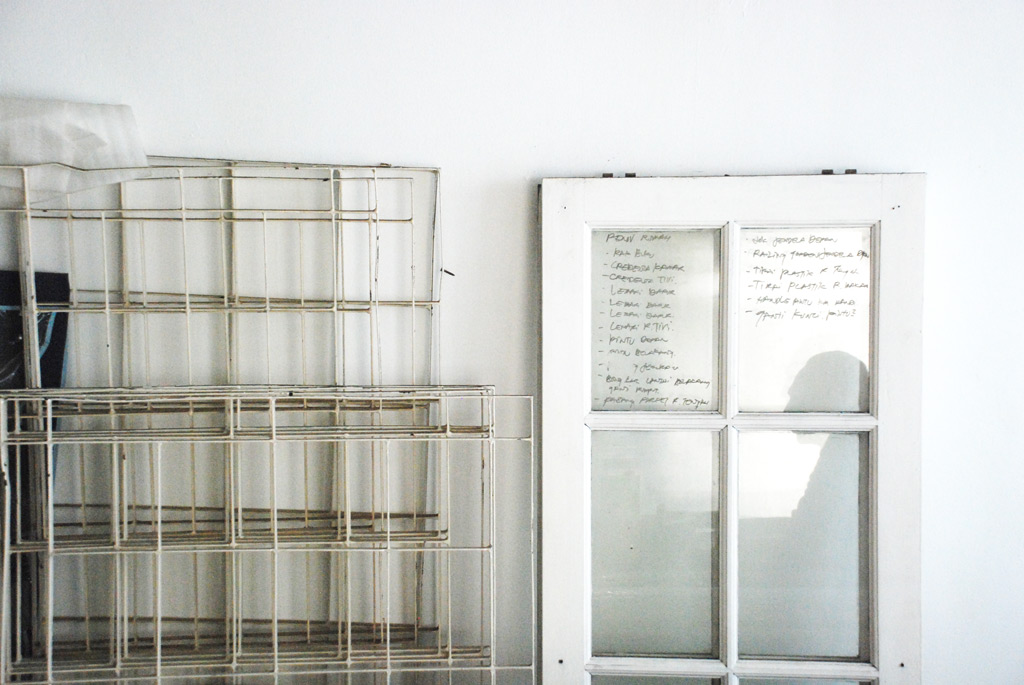
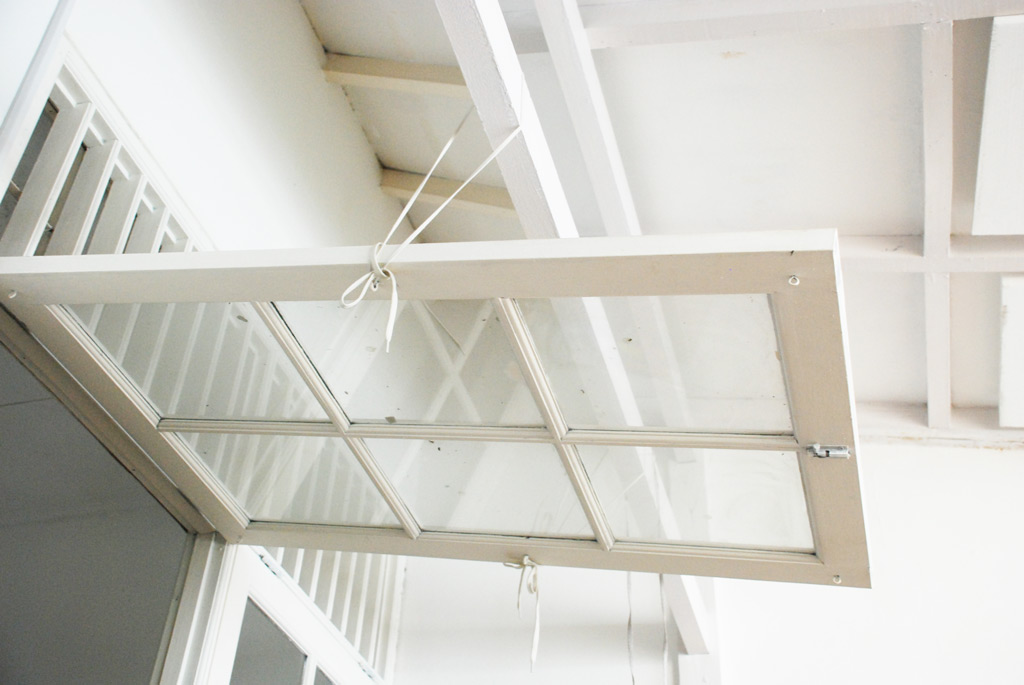
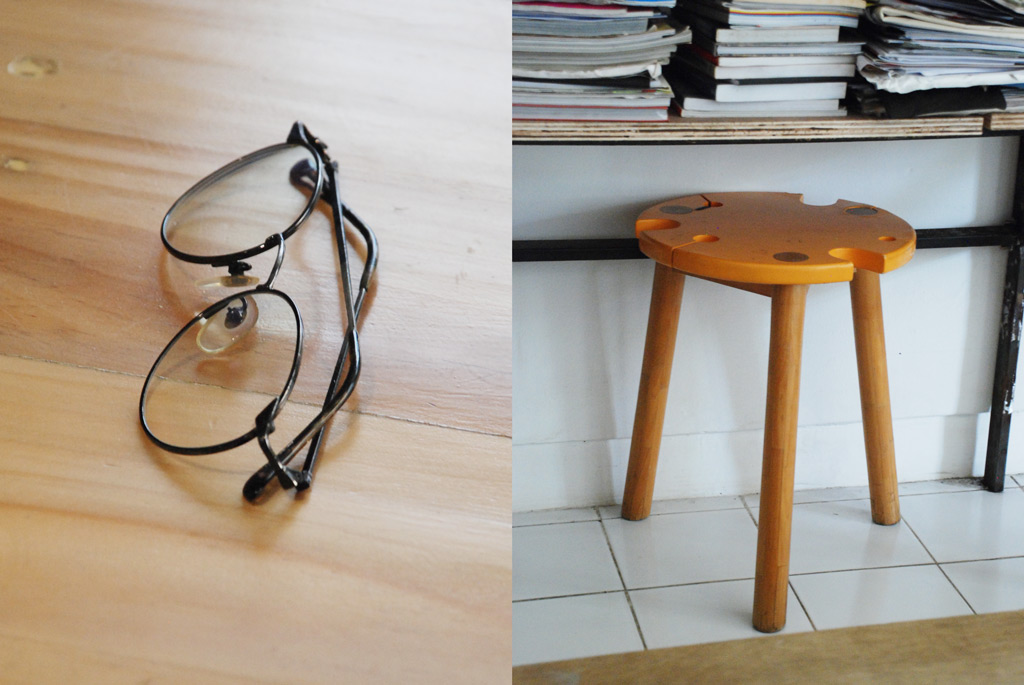
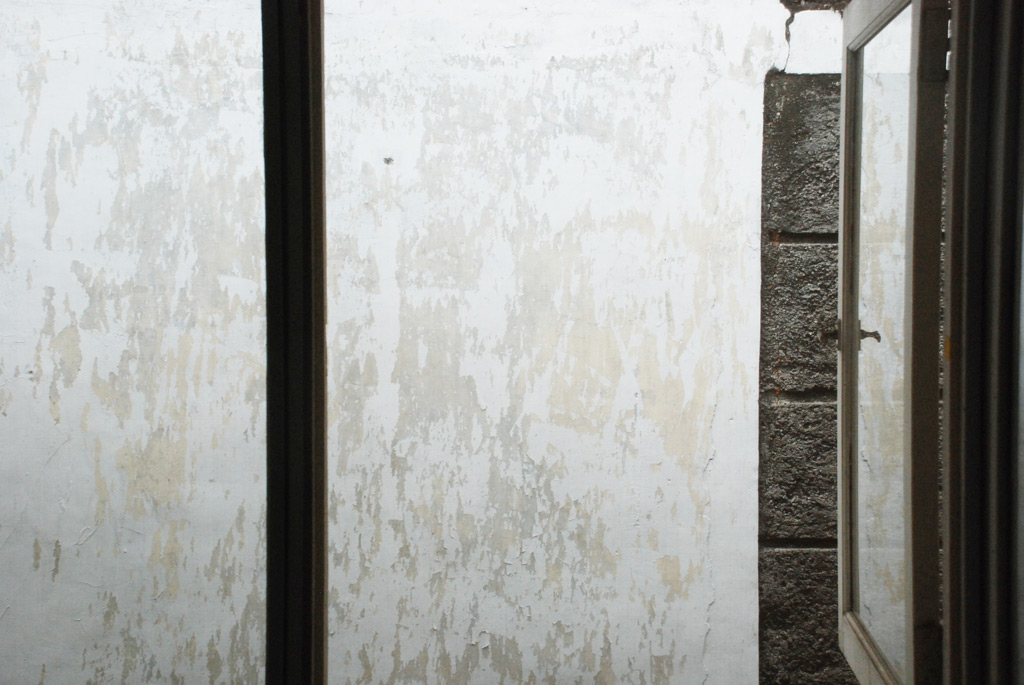
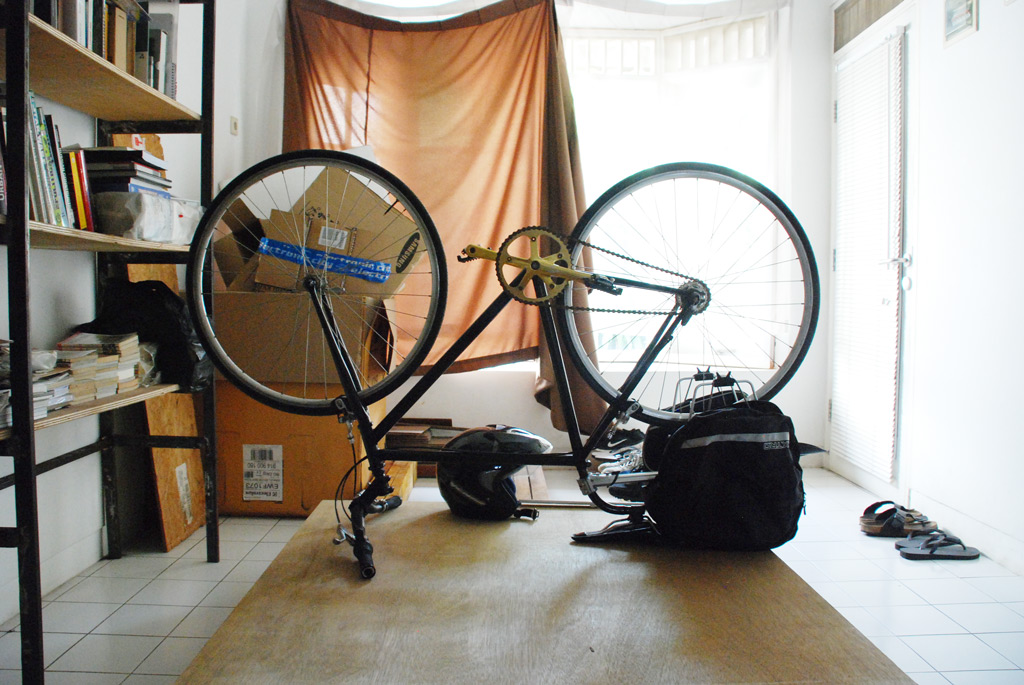
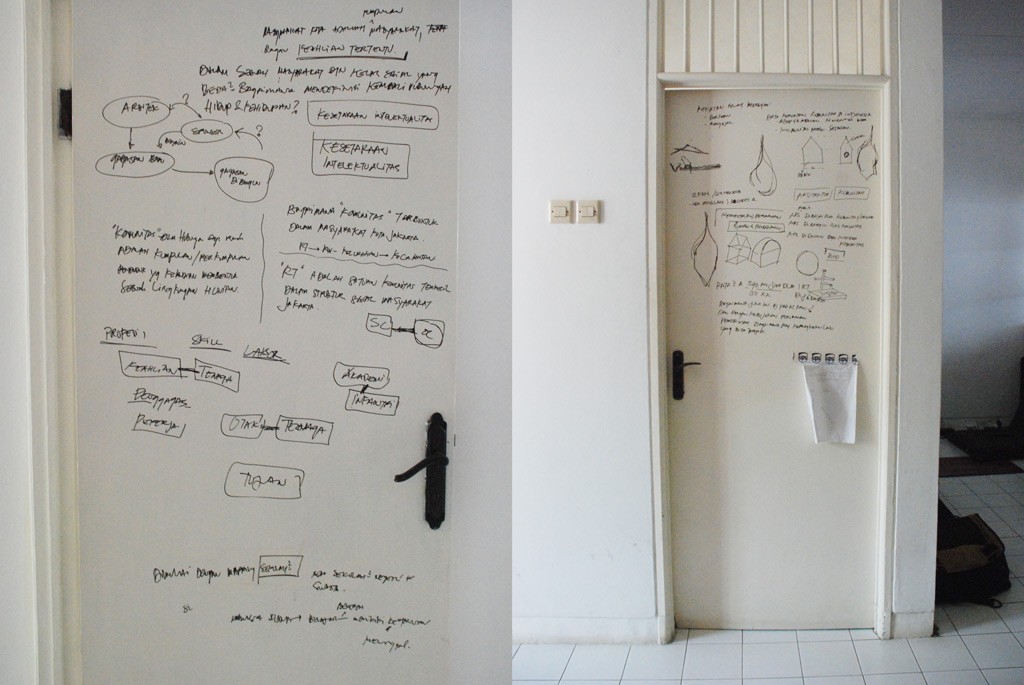
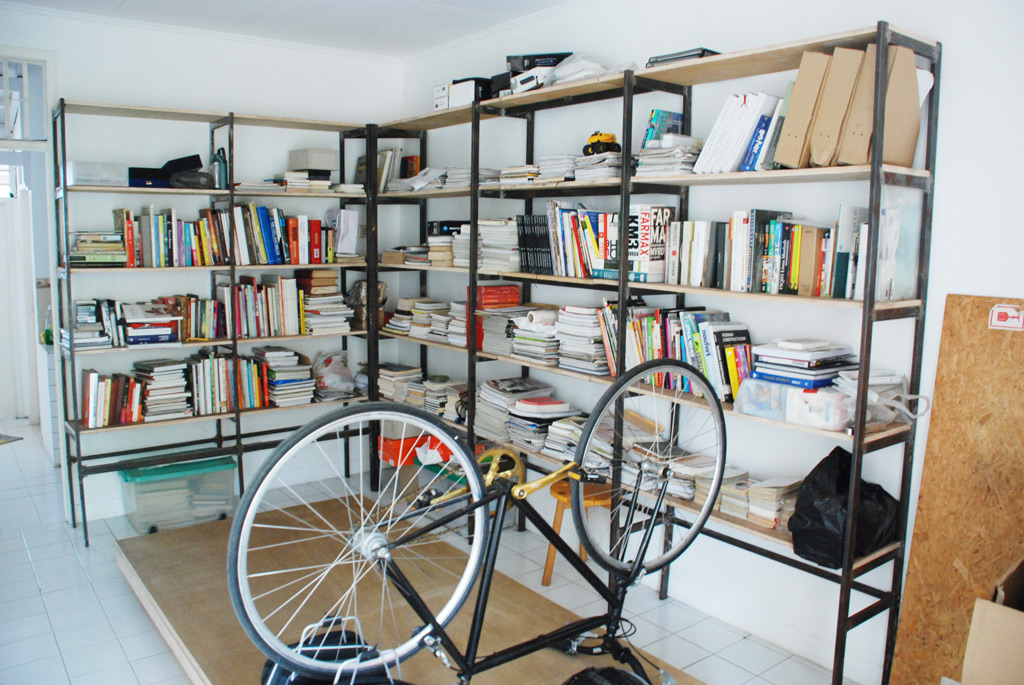
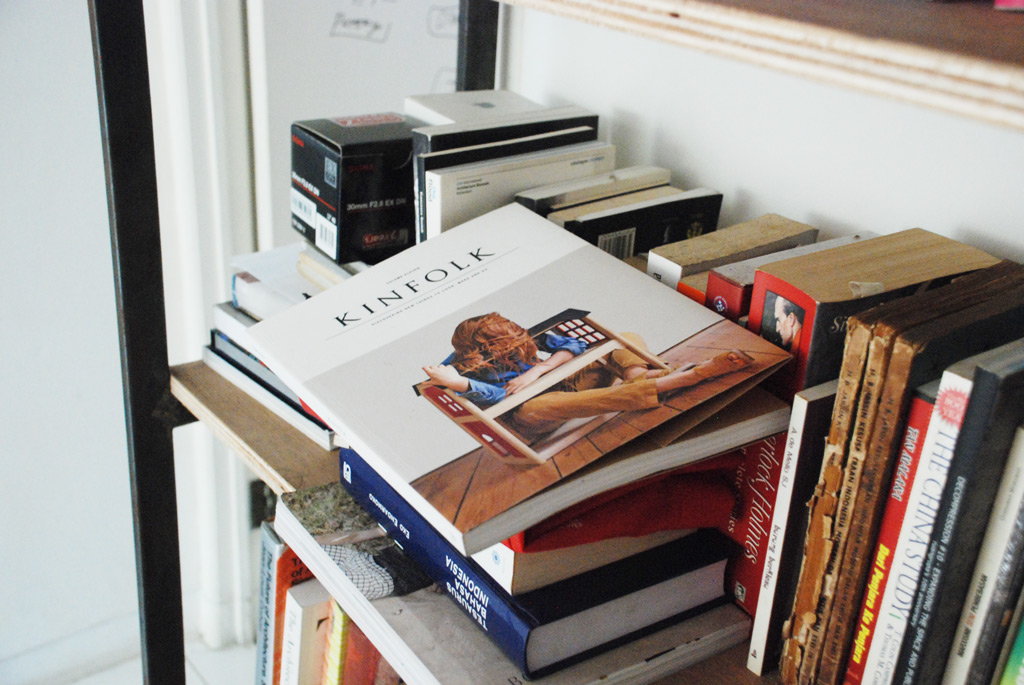
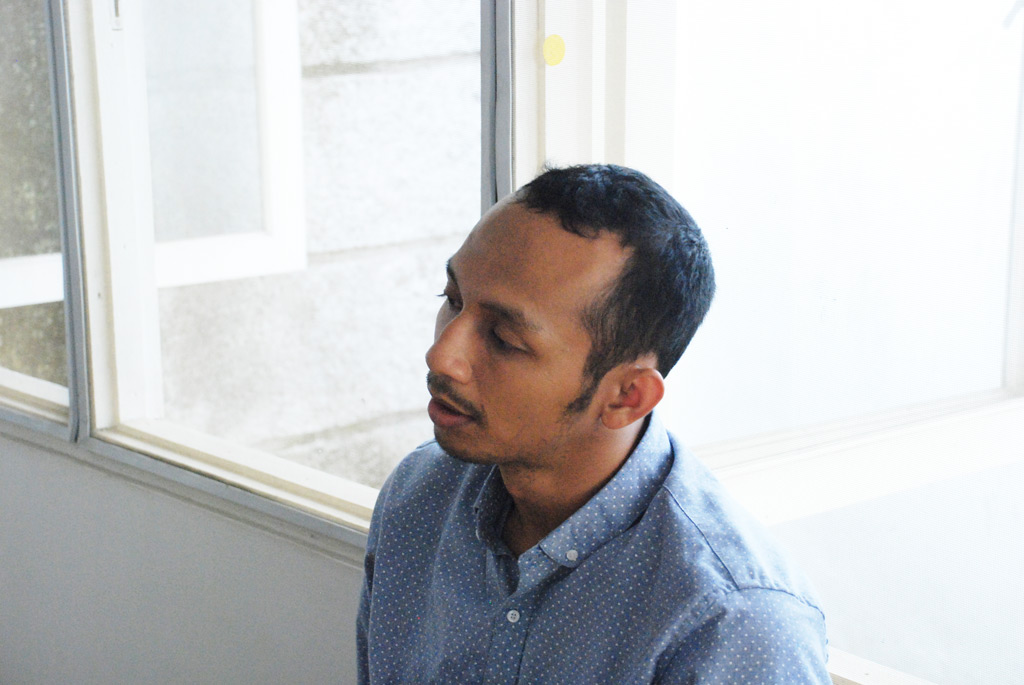
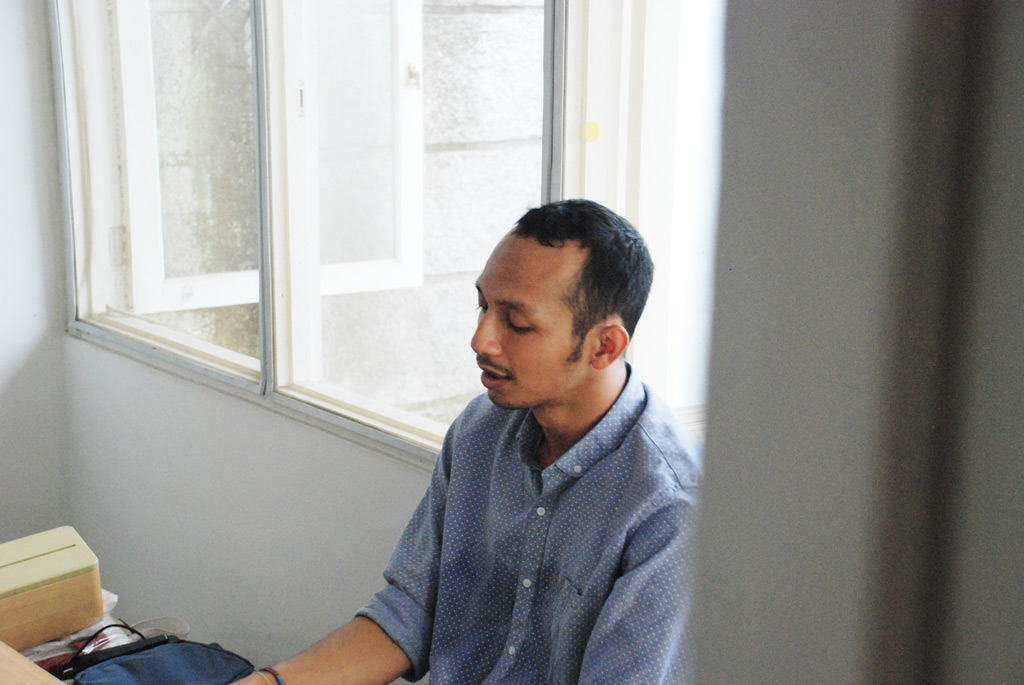
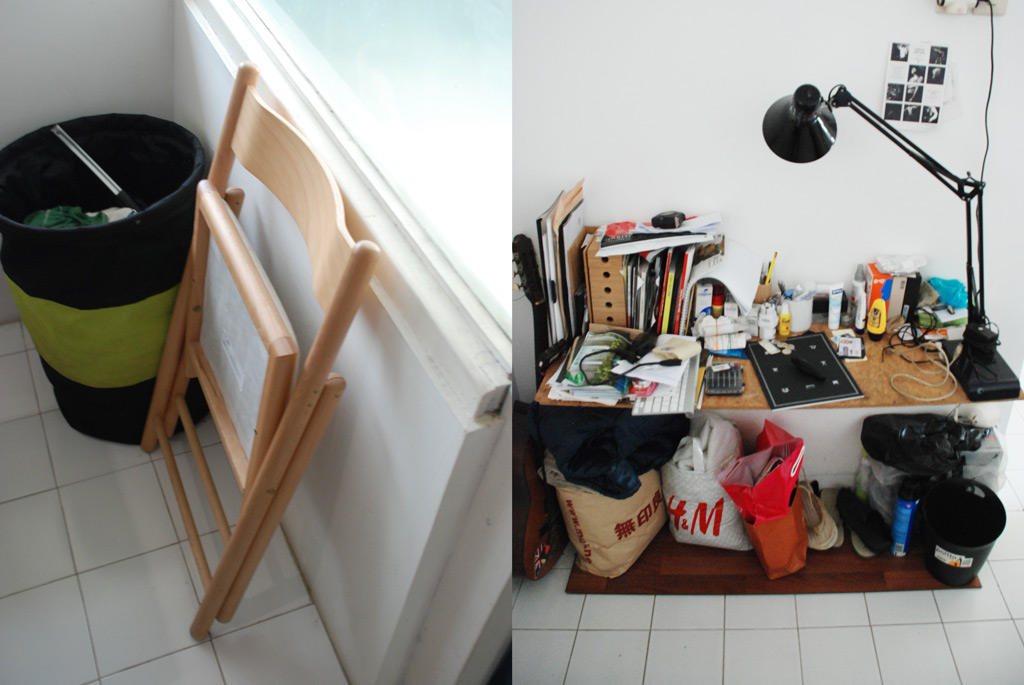
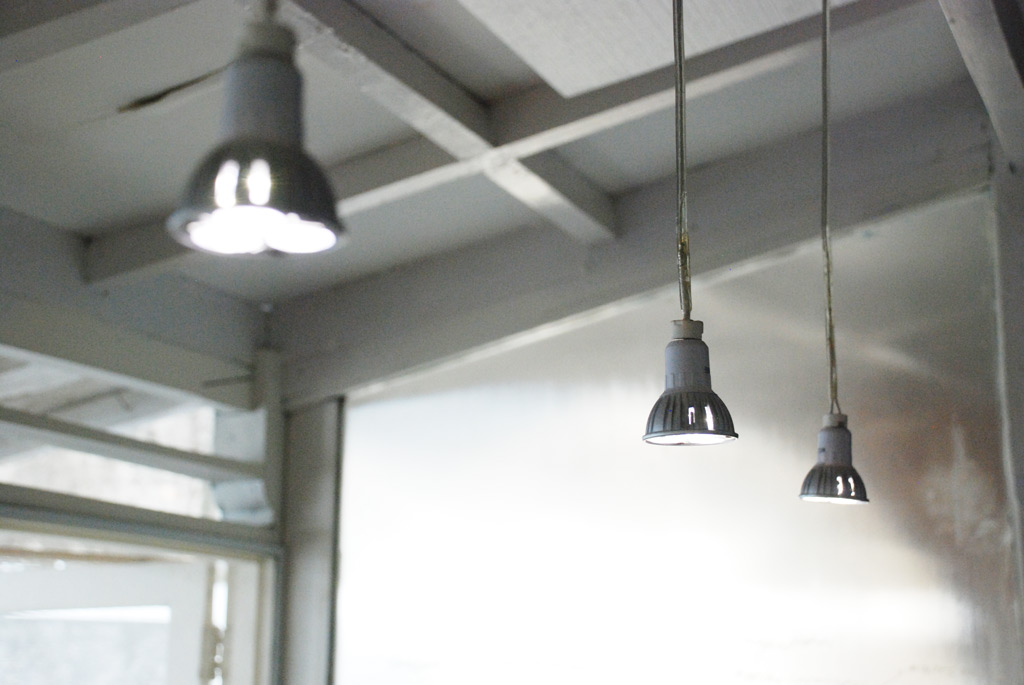
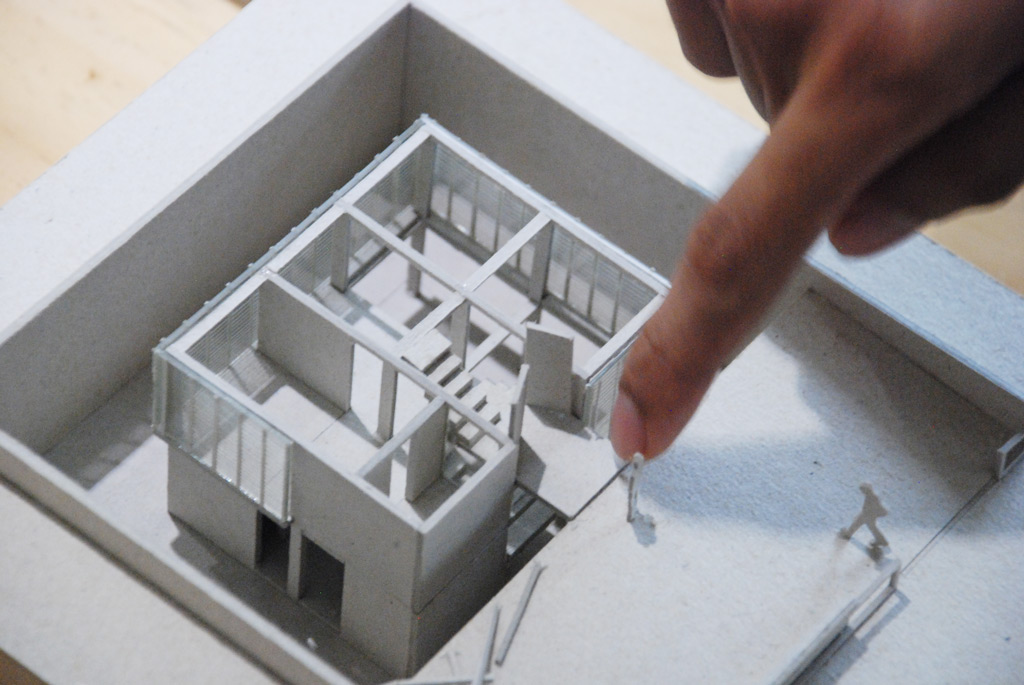
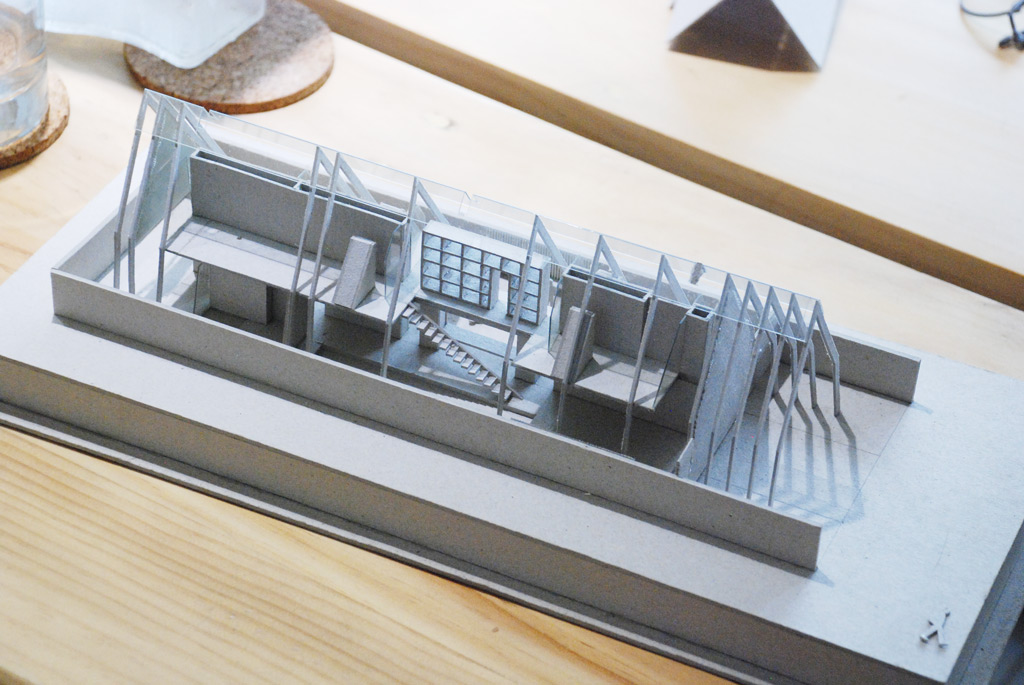
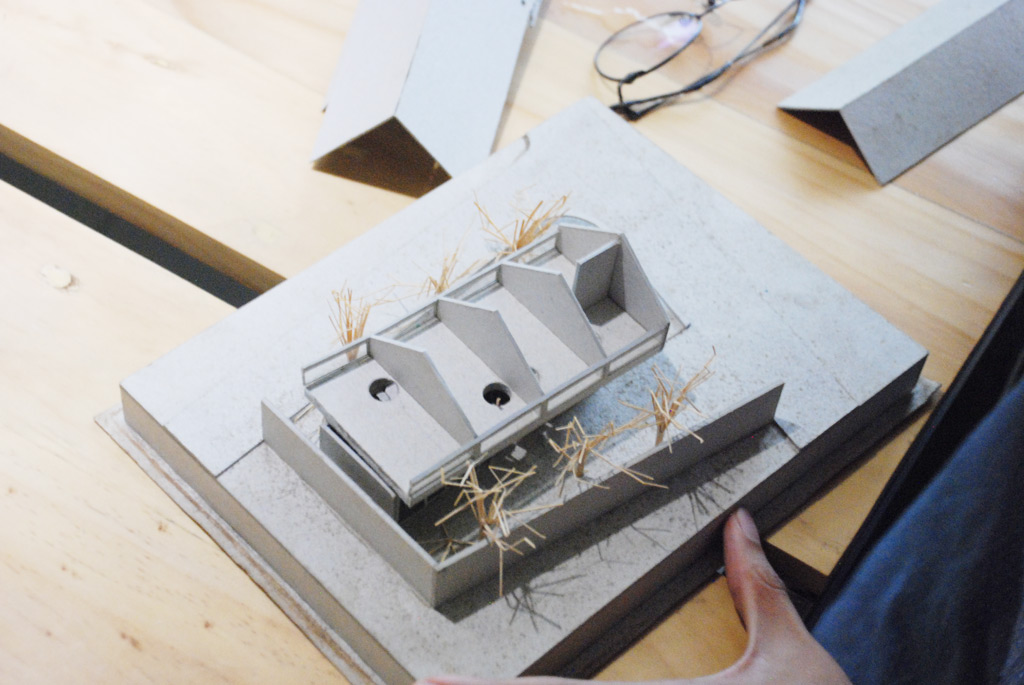
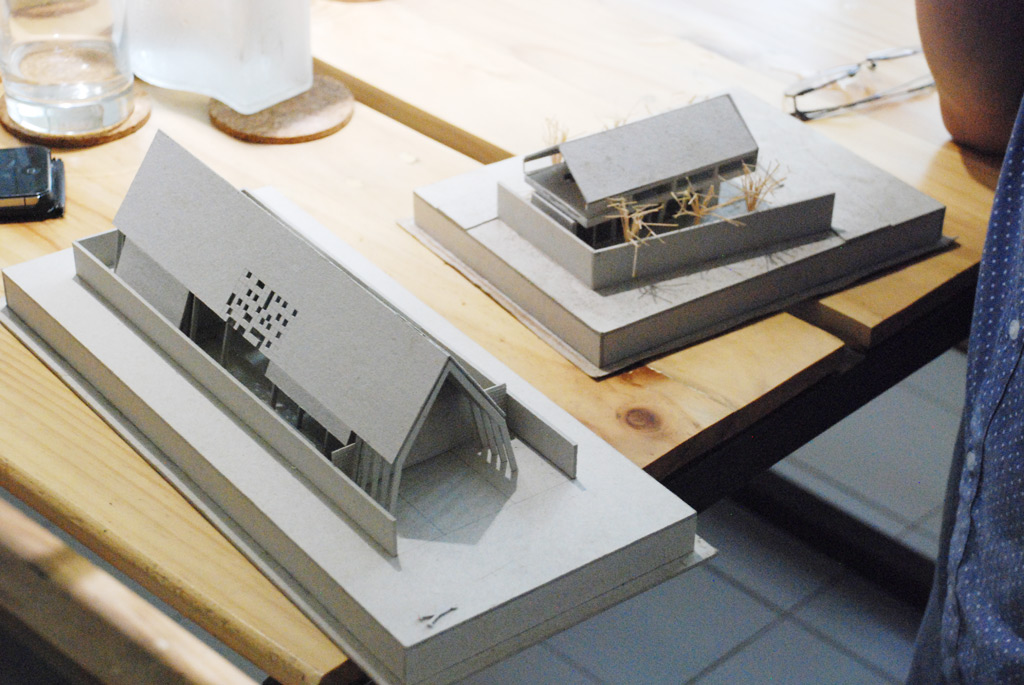
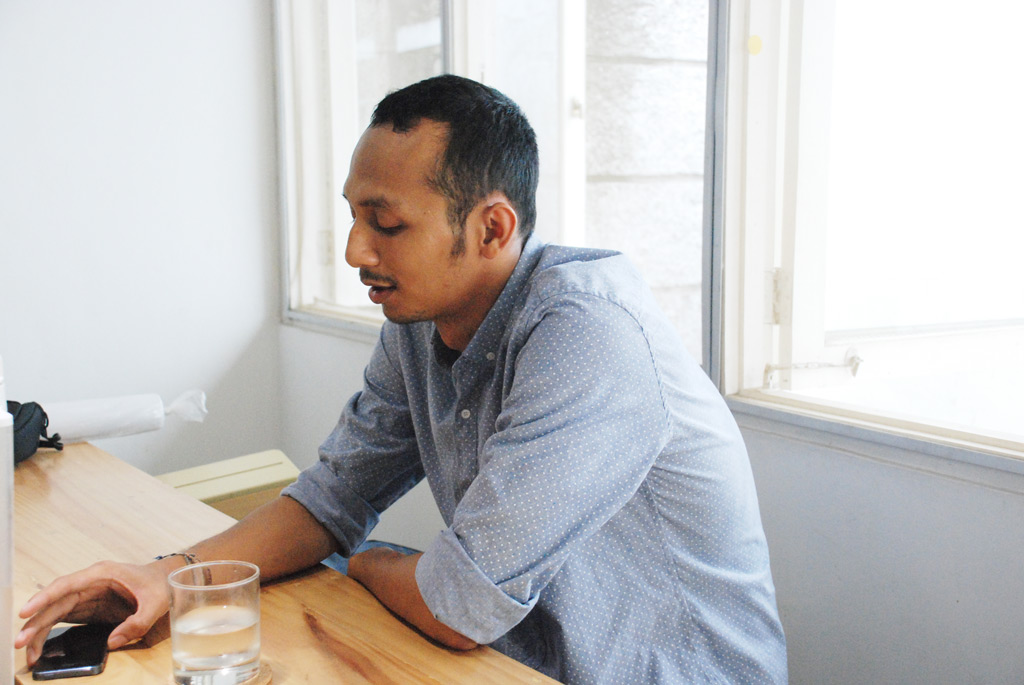
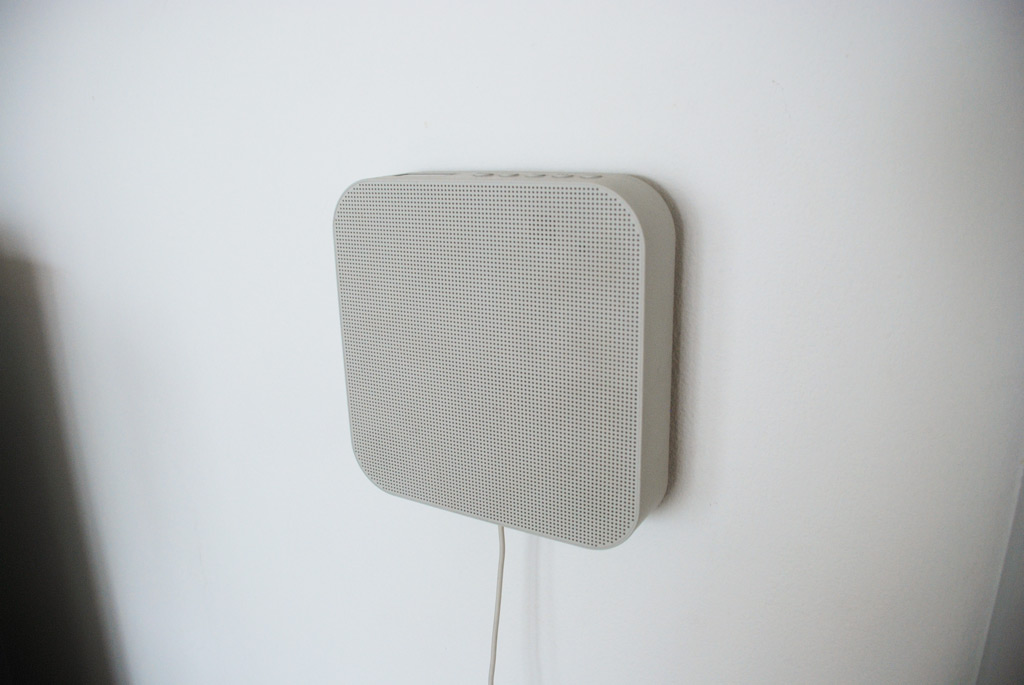
M
Based what we have read about you online, your career has always been about architecture. Could you tell us about how you first became interested in architecture and why you decided to pursue it full-time?
D
I knew that I wanted to be involved in the world of architecture since I was in my second year of High School. I was 16 years old and I had to decide whether or not I will be in IPS (Social Studies) or IPA (Science) for my third year. This made me contemplate about what I wanted to do in the future.
When Indonesia went through a monetary crisis in 1998, I witnessed many people getting laid off, getting early pensions, and unable to get jobs. My family went through its share of hard times and my father had to get an early pension. These events influenced my decision to be an architect – I did not want to work for anyone because I can get laid off or early pension.
I narrowed my choices to three possible line of work – medicine, design/artist, or architecture. I couldn’t pursue medicine because my family could not have afforded it, I wasn’t artsy enough to be a graphic designer or an artist, so being an architect was it (laughs). I wanted to be an architect because I could work for myself, and people will hire me based on my skills.
So there you go, I took IPA and when I graduated high school, I applied to architecture colleges and was accepted at Trisakti.
M
As you studied Architecture, did you have a philosophy on how you wanted to approach the subject?
D
Not from the beginning. I believe my point of view naturally formed and developed with experience – meeting people, working, reading the literature, and observing.
M
Then what is your approach to architecture now?
D
Right now in my studio, Studio Dasar, we are reexamining the relationships in architecture – between people and spaces, architecture and the environment, between architects and clients – we would like to redefine what architecture in Indonesia means. In general, we are more interested in how a building works than how a building looks – its efficiency, how spaces in one building interact with each other. This is what we are exploring.
I spoke with you earlier about making tote bags [referring to a conversation prior to this interview]. This project is a stepping-stone to introduce Studio Dasar’s way of thinking. We would like to reinterpret the tote bag and how it works – how you interacts with the bag, how you insert objects and how you take objects from the bag, how you place objects inside, how you use the tote bag in various situations. It encapsulates Studio Dasar’s perspective.
We work with relatively simple techniques, which goes back to the name of Studio Dasar [Studio Basic]. We focus on the fundamental principles of construction, using the resources and techniques that are available as well as suitable for Indonesia. We listen to clients needs and our designs are a reaction to fulfill them, rather than forcing our designs – we would like to build with the client, not simply for them.
M
How do you approach aesthetics then?
D
Like I said before, we design building with more consideration towards how it works, not how it looks. We do take into consideration the aesthetic value, but that comes much later in the process. I have never really thought “it has to look good, or pretty.”
M
What if it is what the client wants?
D
That can be a bit difficult. Prior to the design, we of course explain to the client and emphasize our design philosophy and concern for the inhabitants’ comfort, much more so than making a building look pretty.
This is actually why we, myself in particular, have not accepted any commercial jobs – retail, restaurant. This is because designing them concerns a totally different approach. When designing a restaurant or retail space, we must put a considerable amount of focus on making them visually appealing. Often times, what makes a space comfortable has nothing to do with aesthetics. I haven’t really concerned myself with textures, patterns, combining them – at least not yet.
As time goes on, we will probably broaden our palette and examine the visual philosophy of architecture, but not at the moment.
M
The clients are satisfied with your designs, right?
D
Yes, of course. All architects have a standard of beauty, and our studio has its own – but it is not the priority. We always consider proportion, but based on its function rather than how it looks.
M
What is your opinion on eco-architecture?
D
My personal opinion, buildings that are made using conventional construction methods will never be environmentally friendly. What is branded as eco-friendly is the use of technology such as solar panels, recycling water system, or using plants. These buildings still use conventional materials, though – concrete, steel, glass windows, aluminum windows, cement. The production of these materials is not eco-friendly at all.
As long as we still dig through the ground and use conventional methods of construction we cannot create environmentally friendly buildings. What I believe we should do to help the environment is lessening the ownership of land/buildings, and to reduce the building area – make it as simple as possible using as little construction material as possible, using an area as efficiently as possible – I believe this is closer to eco-friendly architecture than creating a huge building using solar panels. I believe our best bet to save the environment is to reduce waste.
M
Could you tell us about contemporary Indonesian architecture?
D
Contemporary architecture here is very interesting. We often talk about the works, but what I believe is even more interesting is the situation of contemporary architecture in Indonesia. We can talk about everything from education, professional, works, and its comparison with architecture in the rest world.
M
I suppose we should talk about education.
D
Great. I would classify Indonesian architecture into pre-1998 and post-1998. Why? Because 1998 was a turning point in Indonesia – when the Suharto regime fell, the effect trickled down to many different aspects of Indonesians lives including architecture.
Before 1998, the first architecture department that was established was in ITB [Institut Teknologi Bandung] under the direction of President Sukarno in 1950. From the 1950s up to 1998 the total of architecture schools was about 70 – that’s around 40 years. From 1998 until 2012, there were 70 more architecture schools established – that’s 14 years.
M
Meaning the interest in architecture grew rapidly?
D
We can see it that way, or perhaps there were a lot of development since 1998, or perhaps it shows how easy one can establish an architecture department. When things of this nature are so easily created, we have to question the results. Architectural Design Software was introduced to the architectural industry in the mid 1990’s and is now used by most professional architects around the world.
Believe it or not, in Asia – Indonesia is third in the number of architecture schools – under China and Japan. According to my research, China has something between 55-202 architecture schools – this is based on two different research but I personally believe it’s near the 102 mark, Japan has 178 architecture schools, Indonesia has 155.
M
What is the quality of the 155 schools like, though?
D
We have to look at the results. With 155 schools, there are 34,000 active students every year, 5000 graduates every year – yet we have too few interesting architects. Again and again, year after year when talking about Indonesian architecture we refer to a few select Indonesian architects – that is too little.
There something very wrong with our system of education. In my personal opinion, the people in these institutions are perhaps too comfortable with this New Order state of mind – they aren’t open minded, they won’t explore new possibilities, they do not want to leave their comfort zone. Meanwhile, I believe our students are looking for new possibilities and subjects. This is a generation of students who didn’t grow up being oppressed and want to explore the future – our education system do not meet their standards yet. My research hasn’t reached the schools’ curriculum yet, but based on the preliminary data there is good reason to say the education system here is not right.
M
So what would the future be for contemporary Indonesian architecture?
D
I think Indonesian architecture will be very interesting in 10 to 15 years. At the moment it is the time of AMI (Arsitek Muda Indonesia) – Mr. Andra Matin and others. In 10 to 15 years, the current generation of architects will have established themselves and have a body of work that we can look at, and I hope there will be many.
M
You, Noerhadi, Paskali Khrisno A, and Rafael Arsono established JongArsitek! in 2008. Could you describe this project to our readers?
D
Yes, we established it in 2008. It was a time where there were rapid development in China, Dubai, India, and many of our architect and design friends were invited abroad for work or school. We here wanted to keep the discussion alive while our friends were not in Indonesia. Pascal proposed that we create a journal where we would all contribute our writing and distribute it for free online.
Our first issue was published in February 2008 and we have continued making them until now – I believe we are on our 25th issue at the moment. The initial goal was to continue our discussion with our friends abroad, they communicated their ideas and opinions through JongArsitek!.
As time went on our observation of the design scene here lead us to create workshops and exhibitions, which became a yearly project. The exhibitions we have done are “Ruang Tinggal Dalam Kota” [living spaces in a city], “Pameran Nasional Arsitek Muda” [National Young Architect Exhibition], “Pameran Rumah-Rumah Tanpa Pintu” [Houses Without Doors Exhibition], “Pameran Andra Matin – Sebuah Sekuel” [Andra Matin Exhibition – a Sequel].
M
These exhibitions are based in Jakarta?
D
Yes, though we managed to take “Pameran Nasional Arsitek Muda” on the road – Solo, Surabaya, Ujung Pandang, and Bandung.
But yeah, so JongArsitek! continues to develop and create new programs. We saw how difficult it was for architecture students to obtain references because they are either too expensive or lack the critical content, so right now our goal is to provide that content and critical look at architecture.
Because JongArstiek! is active in creating its publication and exhibitions, we were invited by the IAI [Ikatan Arsitek Indonesia] to create public lectures – we managed to bring personalities such as Kengo Kuma, Julien De Smedt, and Rem Koolhas.
Our goal is to provide content and discourse so there could be a discussion on architecture, which we had so little of in Indonesia. Not to say there weren’t any exhibitions or lectures, but they were rarely about ideas, history, situations and data. We would like to stimulate/provoke our audience’s critical thinking.
M
What are JongArsitek’s current projects?
D
Right now I would like us to translate books. Most of the great books on architecture are in English, and there are many university students here aren’t well versed in English.
There are many architecture schools in Indonesia with students from a wide range of economic backgrounds, not only from the upper and upper middle class. The middle and lower classes aren’t likely to be fluent in English. With 90 percent of the literature in English, they are automatically cut off from a lot of good information. Right now, the only people with access to these references are you and me who understand English.
I came to this realization after visiting Japan and France. I saw literature translated to Japanese and French, and thought to myself “Damn it, no wonder they are so smart!”
This is a situation JongArsitek! would like to address. I am currently in the process of translating a selection of books and text to be communicated via Jong and in a printed format as well. In the future we would like make this part of architecture firms’ CSR – asking them to help fund this project for the sake of Indonesia’s architecture students.
We must be able to create a condition where Indonesians are not just spectators in the global architecture scene – which is the current situation.
M
In “Minimalisme Harus Mati! – Catatan Kaki Sebuah Perjalanan” [an article published on studiodasar.com] you wrote “In this country, Architecture has never been popular and part of our culture. Architecture’s definition is limited to construction, created as a tool to procure economic profit…” What would you say is the ideal role of designers in the context of culture and society?
D
Ideally, planners/designers are involved in all aspects from the very beginning. There is a need for a design committee responsible for every facet of development in terms of function and direction. It isn’t so, at the moment.
M
What is it like now?
D
Plans are made, but it doesn’t matter if they are carried out or whether they are not.
Let’s take a look at the MRT in Jakarta, for instance. This form of public transportation was never part of the city infrastructure’s plans. The MRT was created to help the city’s citizens can move from one location to another without using personal vehicles or taxis – for pedestrians. Jakarta is not a pedestrian-friendly city – there are very little sidewalks, for example – so when people disembark from the MRT, they continue their commute on foot. You create a whole new set of problems – motorcycle taxis and taxis will congregate at the stations.
If you look at the Jakarta master plan, you will see that it is a joke – they do not have a measurable target. Comparing it to master plans of cities in Australia, Japan, America, Europe, where they set a target – let’s say the target is to reduce levels of CO2, they lay out their plans to plant trees in specific locations to reach that target – Jakarta’s master plan is a joke. The language used in the plan goes something like “We will make Jakarta a green, comfortable and prosperous city…”
M
It’s just the abstract.
D
Yes, just the abstract. It doesn’t have a measurable goal. You should look at master plans for New York, Paris, Melbourne, and others – it will make you sad for Jakarta.
M
Is there hope?
D
I believe slowly we understand how important city planning is. The animosity towards Jakarta can already be seen, but not in Jakarta. Projects outside of Jakarta have developers creating large sidewalks, integrate public transit. Also With city officials such as Jokowi, Basuki, Risma, we see that governors and mayors can actually do their jobs and they bring a new consciousness to the public. I believe that we are at the point where we can see the mistakes we have done in the past, and realize what a good and comfortable city is like.
M
Is it possible, though, to make this city [Jakarta] comfortable? It seems like we have done so much damage that it is irreversible.
D
I believe Jakarta can become a good city, but we will most likely not experience it in our lifetime.
M
To end this interview, how would you like to see the architecture scene here in Indonesia?
D
Short term-wise I simply want to see a better education and information for students. If we can take care of the fundamentals then the future will be much better for Indonesian architecture.











